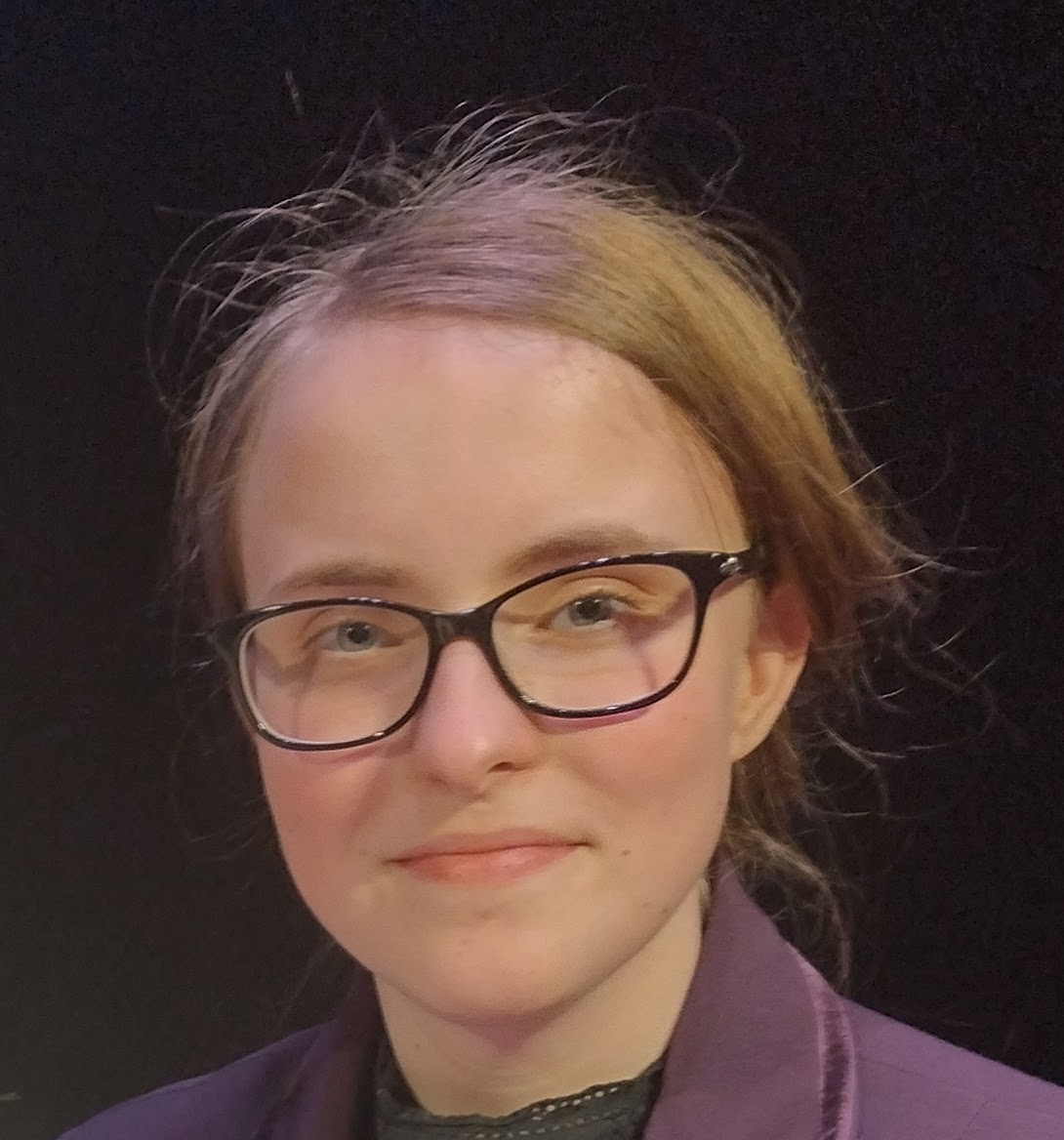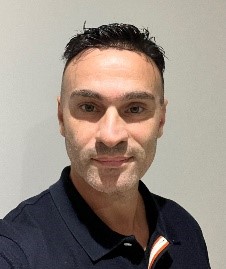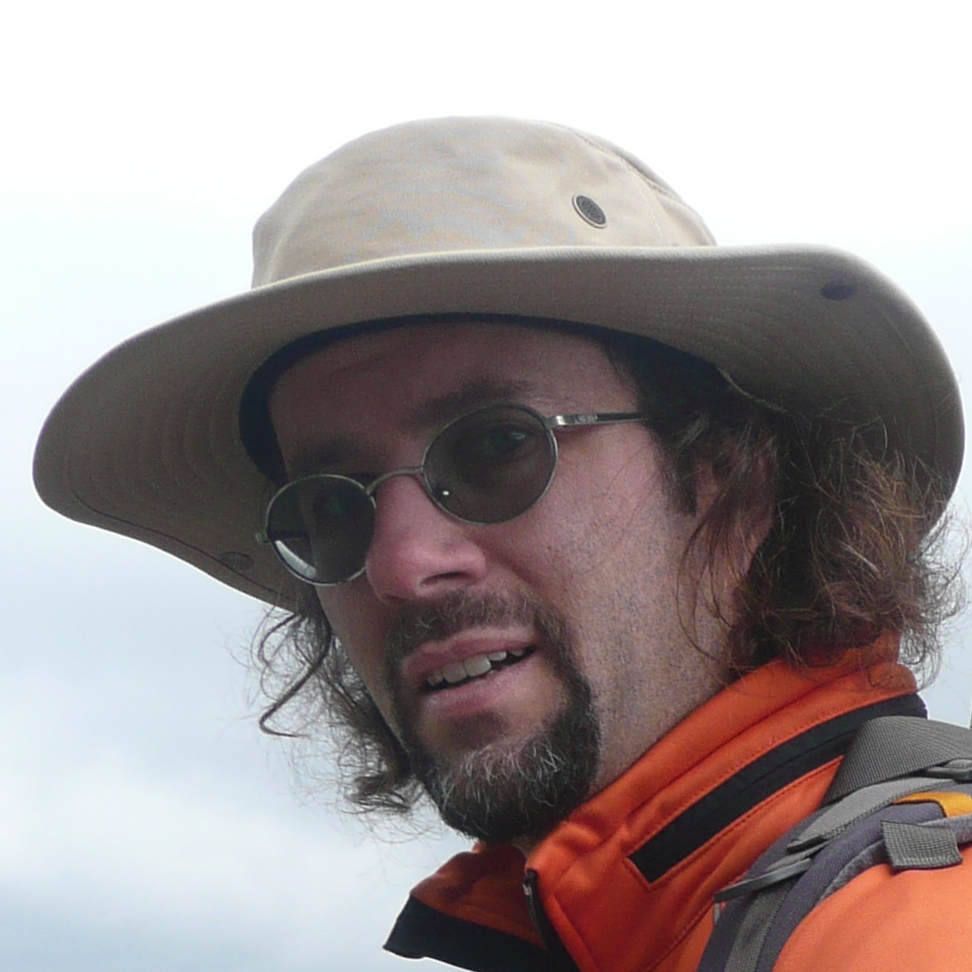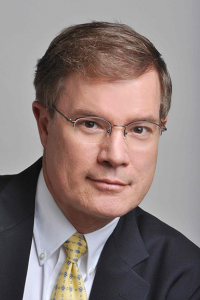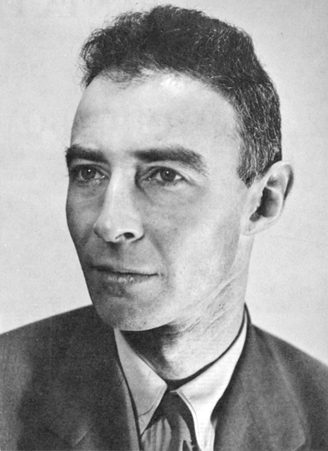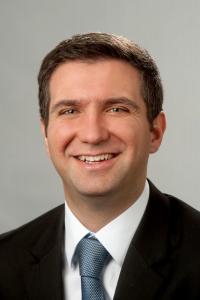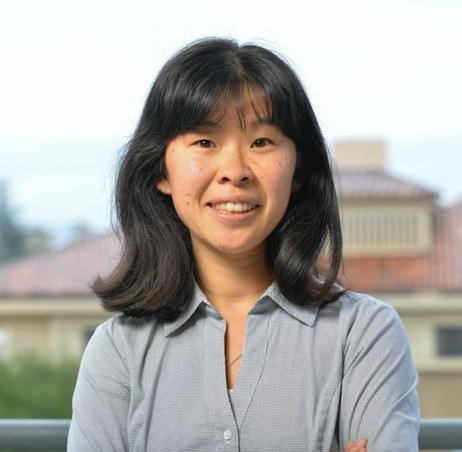A Youth Led Nuclear Victory at COP-27
Via ZoomIa Aanstoot, Stockholm In what is undoubtedly a first for Berkeley Nuclear Engineering, this week’s colloquium will be given by a high school student in Stockholm, who played a critical role in delaying the COP27 climate negotiations by three hours and fundamentally changed the outcome by making it include nuclear power. The climate crisis is …

